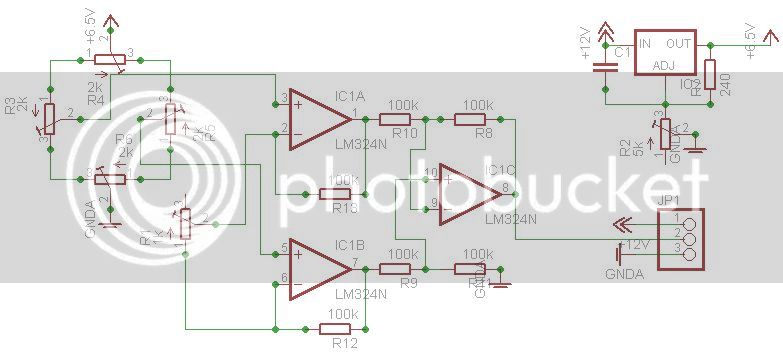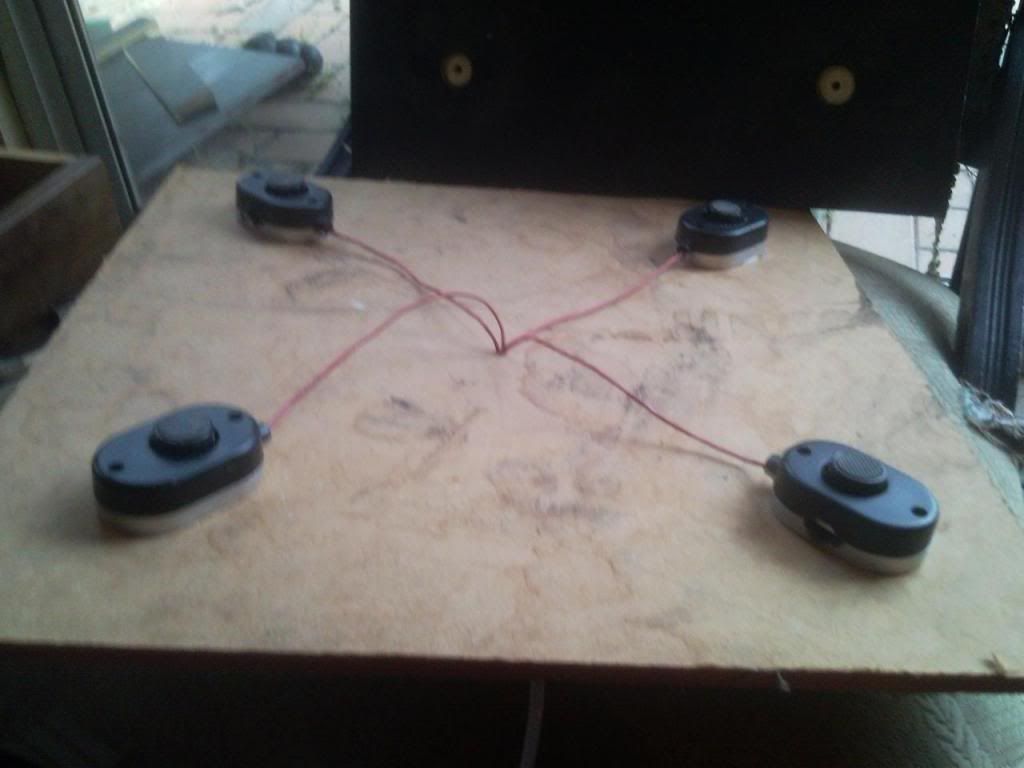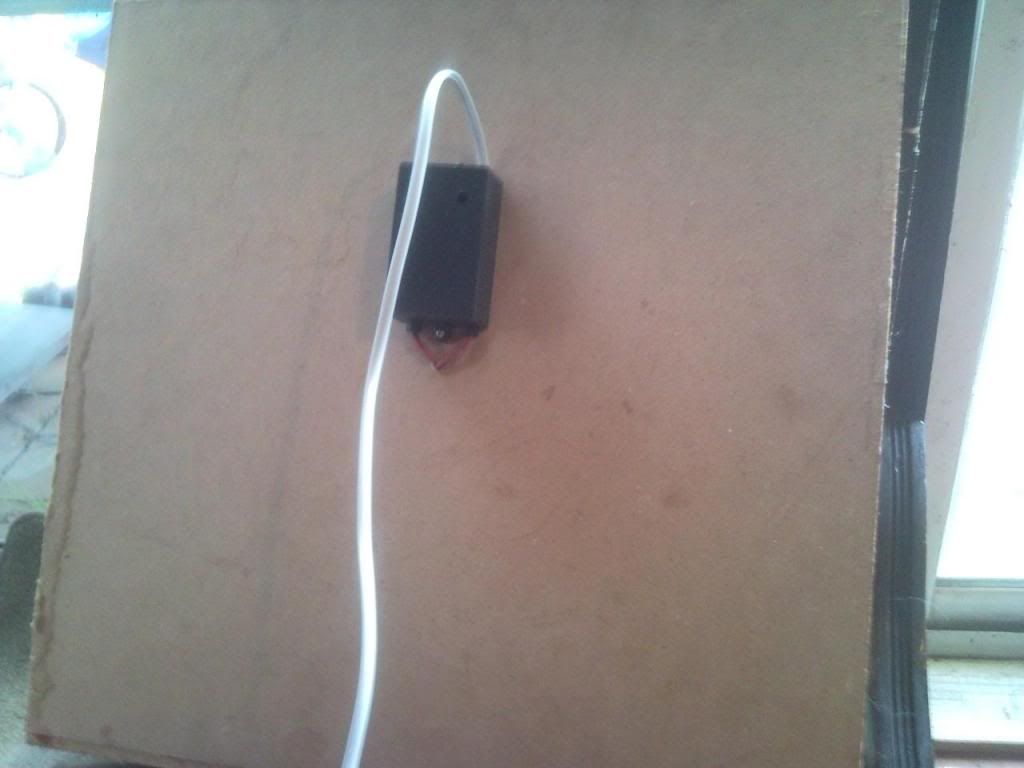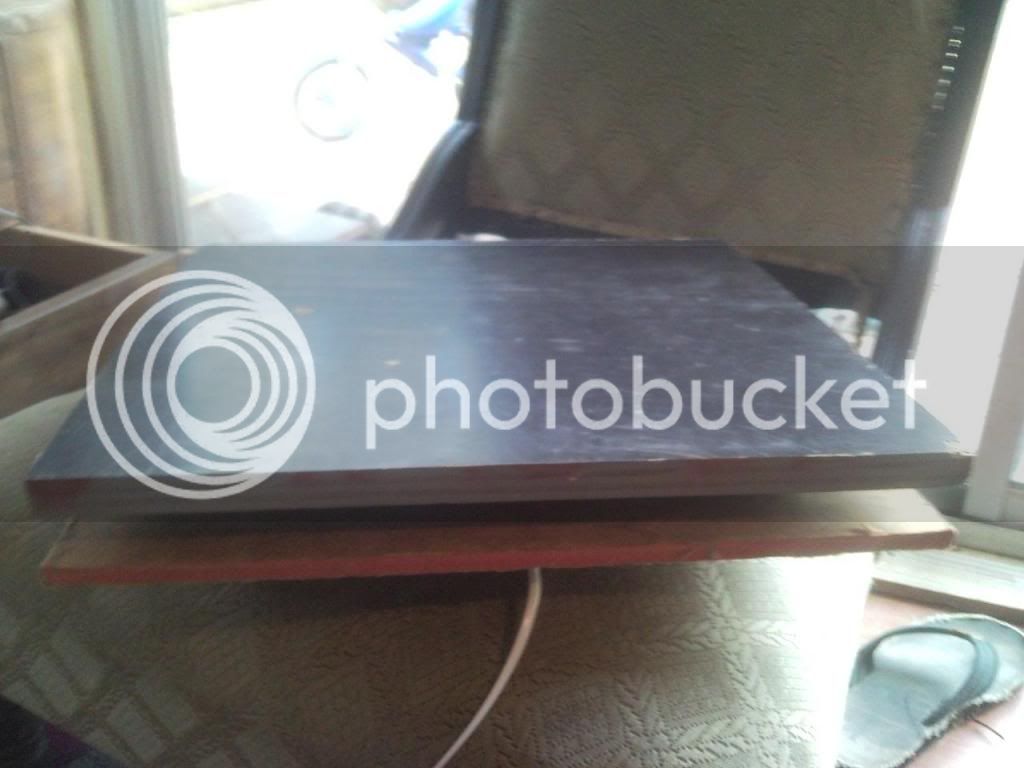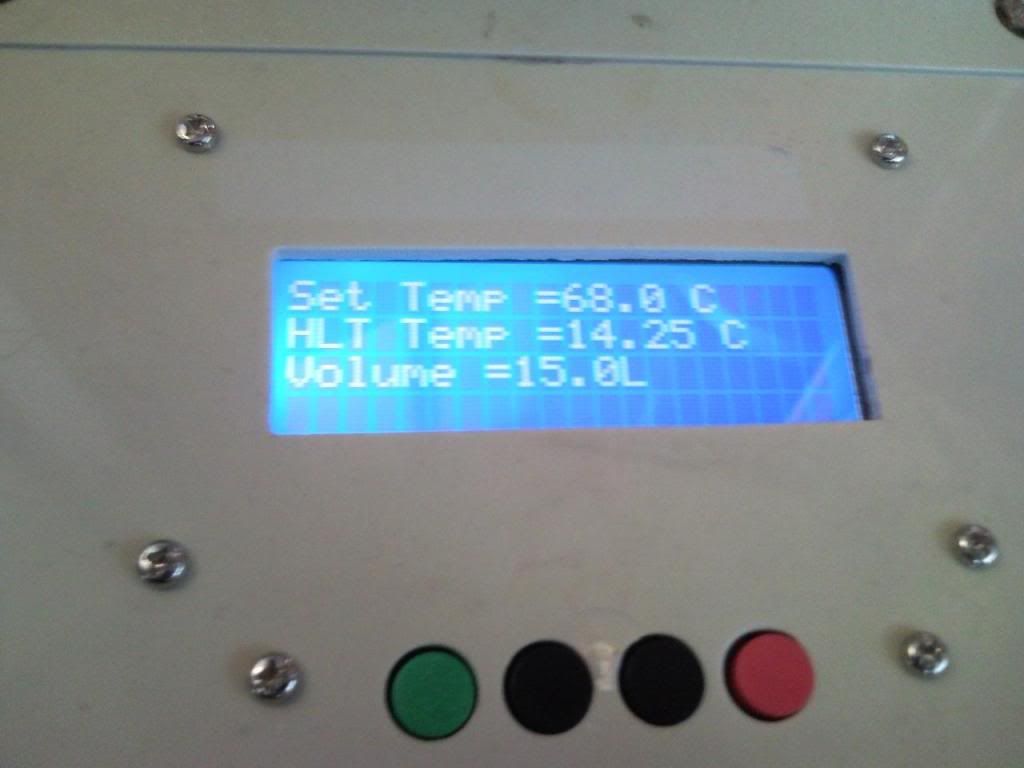MrNatural
The Original, beware of imposters.
Ok, the folks in here seem more whack than the other forums, and I'm counting on that for ideas/feedback for optical volume sensor.
Did a thread search and found a bunch of float switch setups, but don't like the idea of having extra stuff hanging in my keggles and was concerned about accuracy when moving between keggles. And proximity and other sensors I found were major $$$$$.
Working on my off-grid solar setup, I stumbled on this solar tracker module.
http://www.redrok.com/led3xassm.htm#paypalled3x
It uses the hysteresis or differential of LEDs to trigger a motor to move solar panels from east to west to follow the sun.
Got me to thinking that I could mount the two sensors on a chingadera clamped to sightglass that could be moved up and down to sense fill or regulate fly sparge flow. They would detect a buoyant cylinder or sphere in the sightglass.
For "fill" you would use a relay to bypass the "on" LED and rely on the "off" LED to stop filling at whatever level you set the clamp on sightglass.
For the sparge, the level would be set just above the grainbed and sensor would control pump or solenoid to maintain flow to match the output of MLT, or just have it on until level is reached/maintained.
Probably having a light source would add to reliability, but that should be pretty straightforward.
All feedback appreciated.
Thanks, Dale
Did a thread search and found a bunch of float switch setups, but don't like the idea of having extra stuff hanging in my keggles and was concerned about accuracy when moving between keggles. And proximity and other sensors I found were major $$$$$.
Working on my off-grid solar setup, I stumbled on this solar tracker module.
http://www.redrok.com/led3xassm.htm#paypalled3x
It uses the hysteresis or differential of LEDs to trigger a motor to move solar panels from east to west to follow the sun.
Got me to thinking that I could mount the two sensors on a chingadera clamped to sightglass that could be moved up and down to sense fill or regulate fly sparge flow. They would detect a buoyant cylinder or sphere in the sightglass.
For "fill" you would use a relay to bypass the "on" LED and rely on the "off" LED to stop filling at whatever level you set the clamp on sightglass.
For the sparge, the level would be set just above the grainbed and sensor would control pump or solenoid to maintain flow to match the output of MLT, or just have it on until level is reached/maintained.
Probably having a light source would add to reliability, but that should be pretty straightforward.
All feedback appreciated.
Thanks, Dale


